Have you ever caught your cat giving you that slow blink or quietly sitting by your side, just when your mind is tangled up in worries? It’s a curious, almost magical feeling—like your feline friend senses something deep inside you. The notion that cats may detect our emotional distance is both heartwarming and mysterious. For millions of cat lovers, the idea that their pets can tune into their moods is an enchanting possibility. But is there any truth to it? Let’s dive into the fascinating world of feline perception and find out if cats really know when you’re emotionally unavailable.
The Special Bond Between Humans and Cats

The connection between humans and cats stretches back thousands of years. While dogs are often celebrated as man’s best friend, cats have quietly woven themselves into the fabric of our lives. This unique relationship is built on mutual trust and affection. Many cat owners are convinced that their furry companions understand them on a deeper level. Cats have a way of appearing when we need comfort or disappearing when we crave solitude. This intuitive behavior leaves many wondering if their pets are picking up on emotional cues that even humans might miss. The subtle ways cats communicate through body language, meows, and purrs only deepen this mysterious bond. It’s easy to see why so many people believe their cats truly “get” them.
Understanding Emotional Unavailability
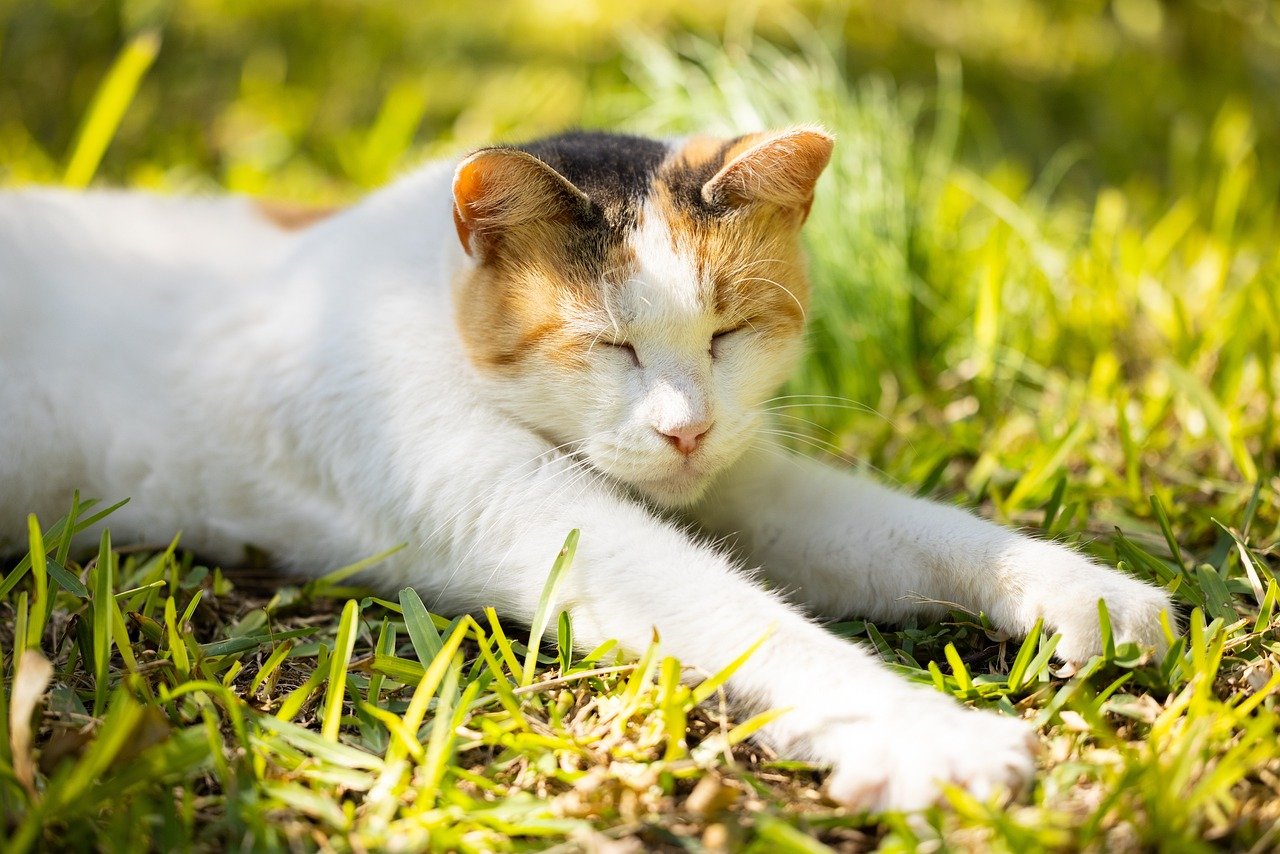
Emotional unavailability is when someone feels detached, distant, or closed off from sharing their feelings. It can be a temporary state, like after a hard day, or something more prolonged due to stress or personal challenges. When you’re emotionally unavailable, you may withdraw from social interactions—including with your pets. This withdrawal isn’t always obvious, but animals often notice changes in our behavior before we do. Cats, in particular, are keen observers. They notice subtle shifts, like the way you move, your tone of voice, and your willingness to engage. While we might try to hide our feelings from people, our feline friends can still sense what’s going on beneath the surface.
How Cats Perceive Human Emotions

Cats may not understand our emotions in the same way humans do, but they’re skilled at picking up nonverbal cues. When you’re feeling down, you might move more slowly, sigh more often, or avoid eye contact—all signs a cat can notice. Some studies suggest that cats can even recognize facial expressions and associate them with certain outcomes, like getting petted or ignored. Cats also pay attention to the energy in a room. If you’re tense or anxious, your cat might become wary or keep its distance. Conversely, when you’re relaxed, your cat may feel more comfortable approaching you. This ability to read the room is part of what makes cats such fascinating companions.
Can Cats Detect Emotional Distance?

It’s both surprising and touching that cats might sense when their humans are emotionally unavailable. Owners often report that their cats act differently when they’re upset or withdrawn—sometimes becoming more affectionate, other times keeping their own distance. This response may be a form of feline empathy, or it could simply be a reaction to the change in routine. Cats thrive on consistency, so any disruption to your usual interactions can be unsettling. They may try to re-establish the connection by seeking attention or, if they sense you want space, by quietly staying nearby. This flexible response is part of what makes cats so well-suited to living with humans.
The Role of Scent and Body Language

Cats rely heavily on scent to understand their world. When you’re stressed or emotionally distant, your body chemistry can change, subtly altering your scent. Cats pick up on these changes, which may signal that something is different. Body language is another crucial factor. Slouched shoulders, lack of movement, or avoiding eye contact can all indicate emotional withdrawal. Your cat may interpret these cues and adjust its own behavior accordingly. For instance, a cat might choose to give you space or, in some cases, try to comfort you with gentle headbutts or slow blinks. These small gestures are their way of communicating support or respect for your mood.
Do Cats Offer Comfort When You’re Distant?

Many cat owners share touching stories of their cats offering comfort during tough times. When you’re feeling emotionally unavailable, some cats seem to sense your need for space and respond by quietly sitting nearby. Others may approach cautiously, offering a gentle purr or nudging your hand. These actions are often interpreted as attempts to provide comfort. Cats may not understand the complexity of human emotions, but they respond to changes in behavior and environment. Their presence alone can be soothing, helping to bridge the emotional gap without demanding conversation or explanation.
Are Some Cats More Sensitive Than Others?
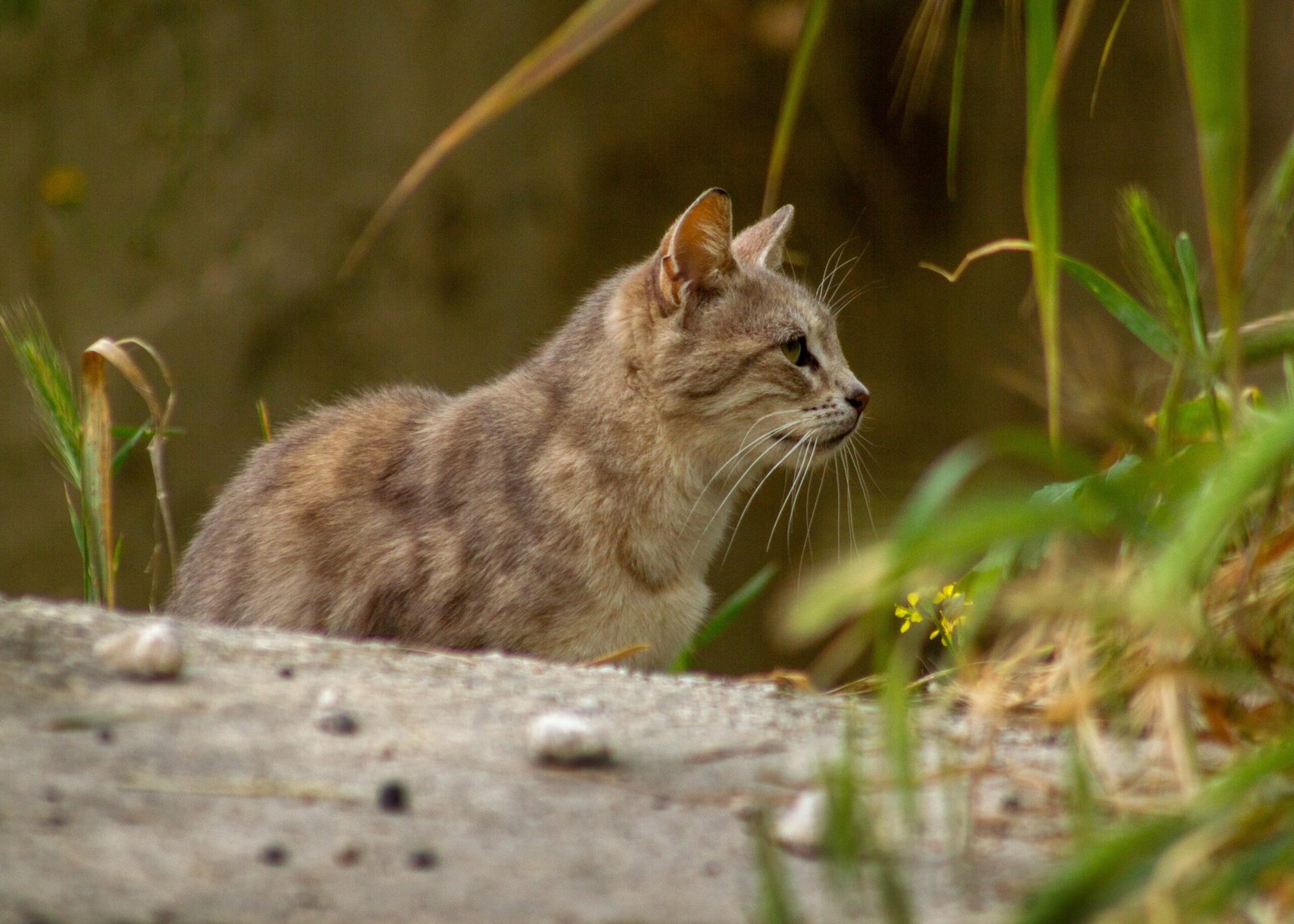
Just like people, every cat has its own personality. Some are naturally more tuned in to their owners’ moods, while others are more independent or aloof. Sensitive cats may notice even the slightest change and respond right away. These felines often seek out their humans during emotional lows, curling up next to them or following them from room to room. On the other hand, more independent cats might prefer to keep their distance, respecting your need for solitude. The way a cat responds to emotional unavailability can depend on its past experiences, breed tendencies, and individual temperament.
The Science Behind Feline Intuition
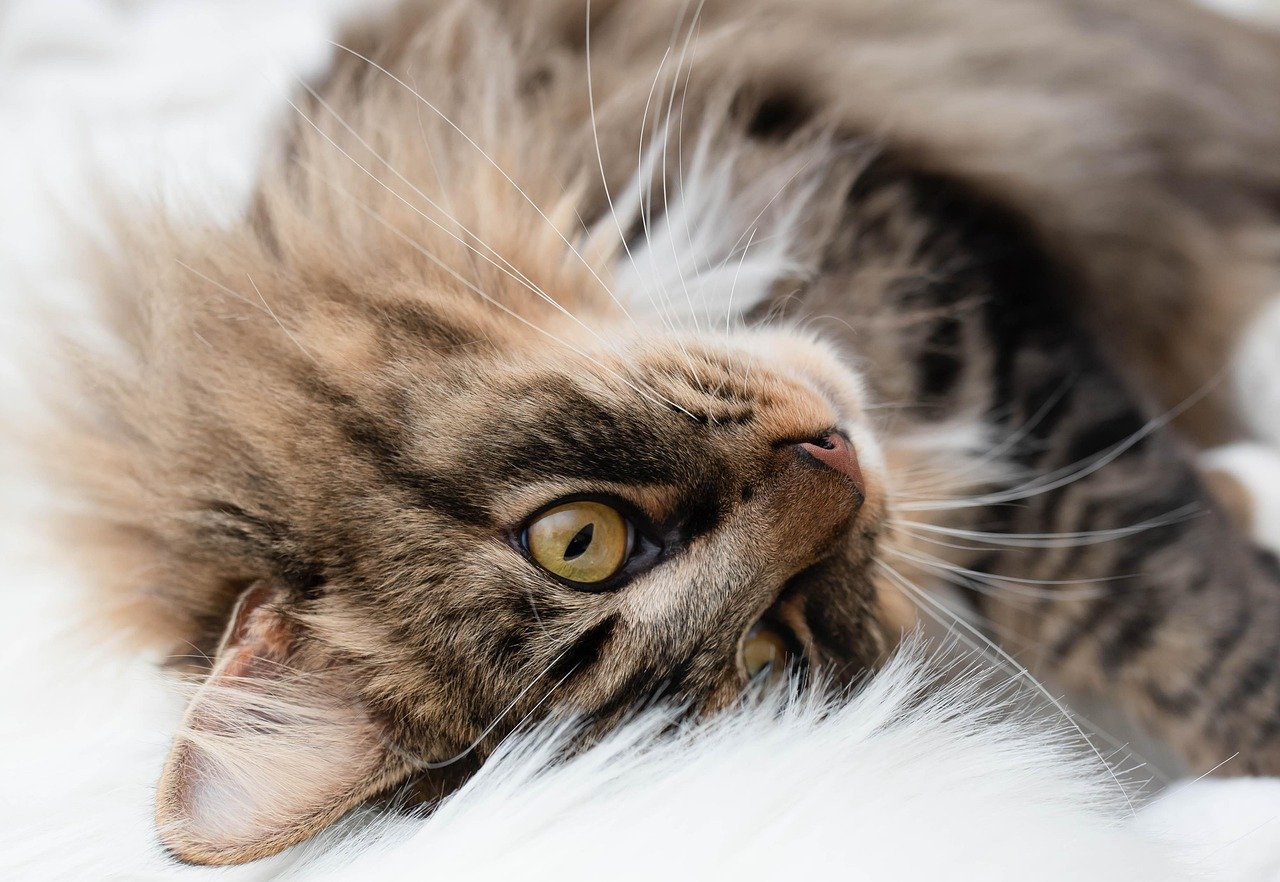
While much of the evidence about cats sensing emotions is anecdotal, some scientific studies shed light on their abilities. Research shows that cats can read human cues, such as tone of voice, posture, and routine changes. They respond differently to happy, angry, or sad faces. Cats may not comprehend the emotion itself, but they link these cues to past experiences. For example, if a sad face leads to less playtime, a cat may react by offering comfort or retreating. This adaptive behavior helps cats navigate life with humans and strengthens the bond between species.
How Routine Changes Affect Your Cat

Cats are creatures of habit, and they notice when you deviate from your normal routine. If you suddenly become emotionally unavailable—spending less time playing, skipping feeding rituals, or ignoring their attempts at interaction—your cat will pick up on those changes. This awareness can lead to confusion or even anxiety in some cats. In response, they might try to get your attention in new ways, such as vocalizing more or acting out. Others might withdraw, mirroring your emotional state. Understanding how your emotional availability affects your cat can help you maintain a stable and comforting environment for both of you.
The Importance of Presence and Attention

Cats value your presence and attention, even if they don’t always demand it. When you’re emotionally unavailable, your absence—physical or emotional—doesn’t go unnoticed. Cats may become more persistent in seeking your company, or they might quietly wait for you to return to your usual self. This sensitivity shows just how much your attention means to them. Even small gestures, like a gentle pet or a soft word, can reassure your cat that you’re still there. Being mindful of your own availability can help strengthen the bond with your feline friend.
The Power of Purring: Comfort or Communication?

Purring is one of the most mysterious and comforting sounds a cat can make. It’s often associated with contentment, but cats also purr when they’re anxious or trying to soothe themselves—or their humans. If your cat starts purring when you’re feeling down or distant, it may be their way of offering comfort. Some experts believe purring can have a calming effect on humans, lowering stress and promoting healing. Whether it’s meant for them or for you, a cat’s purr is a gentle reminder that you’re not alone, even when you feel emotionally unavailable.
Mirroring: When Cats Reflect Your Mood

It’s not uncommon for cats to mirror the moods of their owners. If you’re feeling low, you might notice your cat becoming quieter or less playful. This behavior isn’t just coincidence—it’s a sign that your cat is attuned to your emotional state. Some experts call this “emotional contagion,” where animals pick up on the feelings of those around them. Your cat might not understand why you’re upset, but they sense the change and adjust their behavior in response. This mirroring can be a powerful form of silent support, making you feel seen and understood without a word being spoken.
When Cats Withdraw: Respecting Your Space
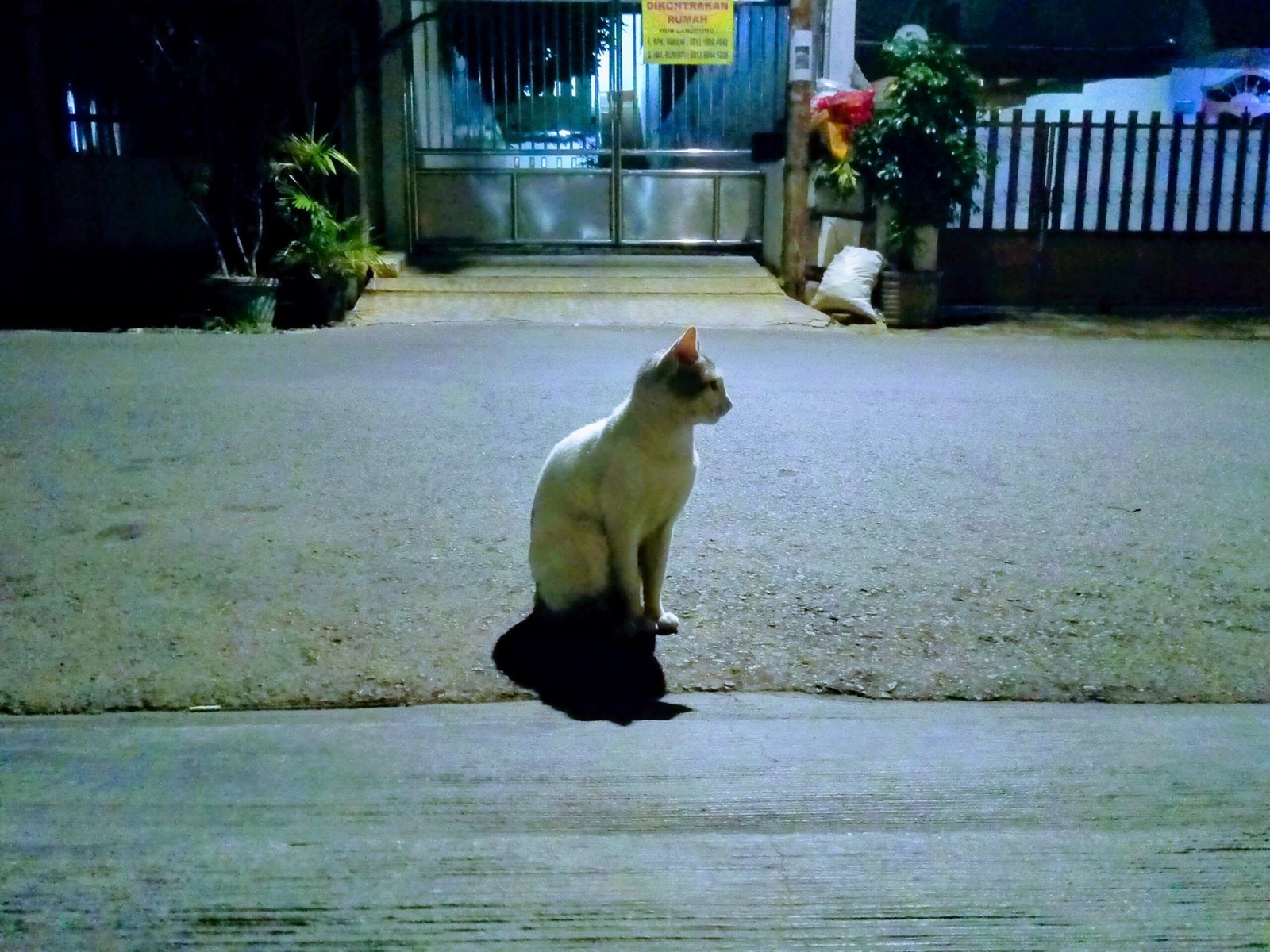
While some cats become more affectionate when you’re emotionally unavailable, others choose to withdraw. This isn’t a sign of disinterest; rather, it can be a sign of respect for your space. Cats are independent animals, and they instinctively know when to step back. If your cat seems to be giving you more room than usual, it may be their way of supporting you from a distance. This quiet presence is comforting in its own way, letting you know that your cat is there for you when you’re ready to reconnect.
Behavior Changes in Response to Your Mood
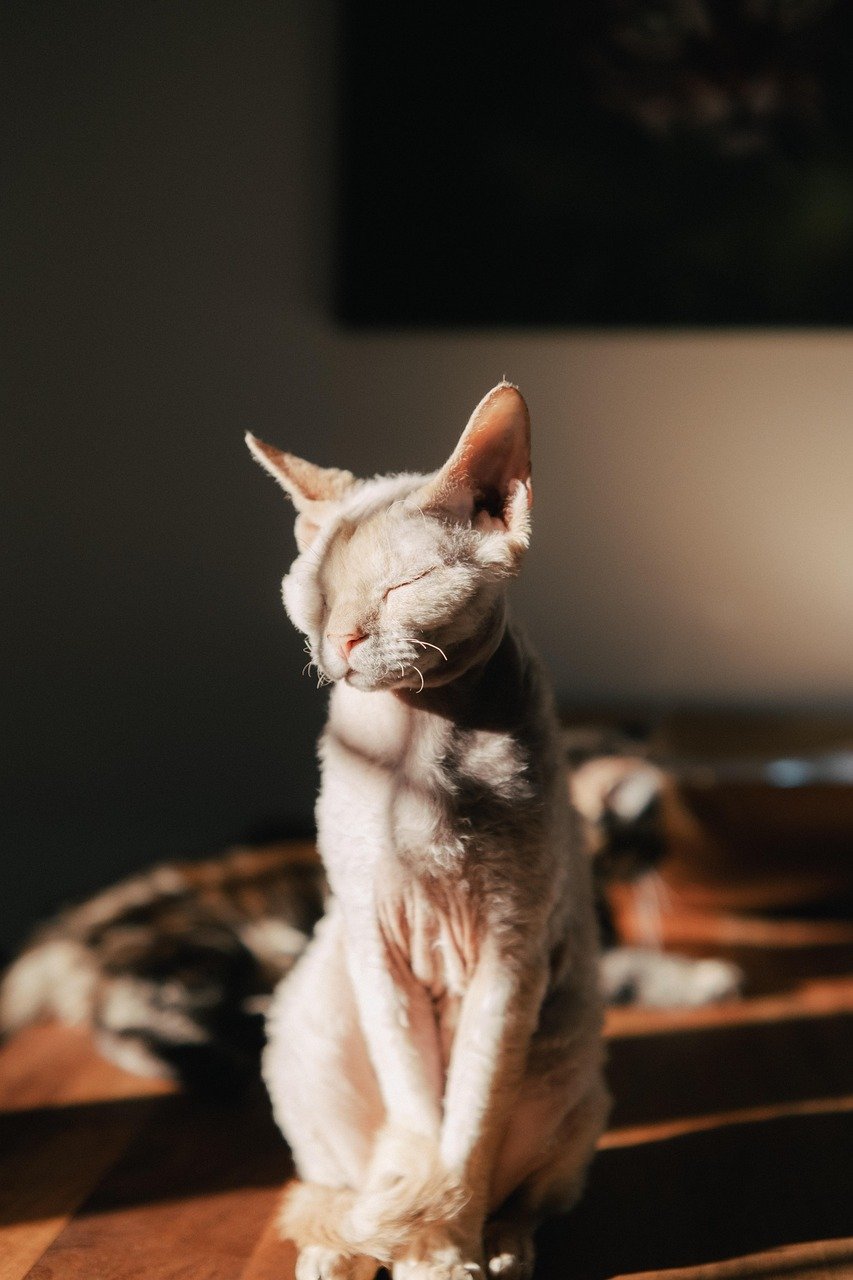
Cats often change their behavior in response to shifts in your mood. You might notice more vocalizations, increased cuddling, or even unusual antics designed to get your attention. These changes aren’t random; they’re your cat’s way of adapting to the emotional climate in your home. Some cats might become more playful, while others retreat to a safe spot. Paying attention to these shifts can help you better understand your cat’s needs and responses. It’s a reminder that your emotions don’t exist in a vacuum—they affect your entire household, furry members included.
The Subtle Art of Feline Communication
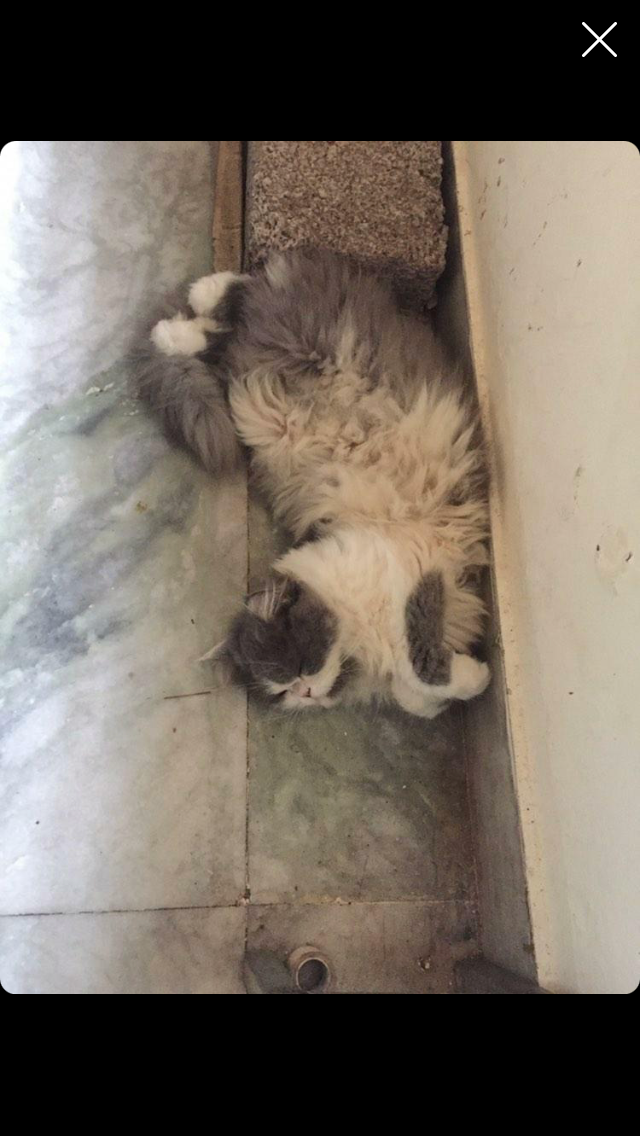
Cats communicate in ways that are easy to miss if you’re not paying attention. A flick of the tail, a sideways glance, or a slow blink can all carry meaning. When you’re emotionally unavailable, your cat may use these subtle signals to check in or offer support. Learning to recognize these cues can deepen your bond and help you respond to your cat’s needs. Even if you’re feeling distant, acknowledging your cat’s efforts to connect can make a big difference in your relationship.
Feline Empathy: Fact or Fiction?

The idea that cats have empathy—an ability to understand and share the feelings of others—is both captivating and controversial. While there’s no definitive proof that cats experience empathy in the same way humans do, their behaviors suggest a certain level of emotional awareness. Many owners swear their cats know when they’re upset and respond accordingly. Whether this is true empathy or simply a response to changes in behavior, it’s clear that cats are more in tune with us than we might think. This mysterious connection is part of what makes sharing your life with a cat so rewarding.
Physical Closeness: Seeking or Avoiding Contact

Physical closeness is a key way cats express their feelings. When you’re emotionally unavailable, your cat might seek out your lap, curl up beside you, or gently nudge your hand. These actions can be a way of offering comfort or seeking reassurance. On the other hand, some cats may keep their distance, respecting your need for space. Both responses are valid and show that your cat is paying attention to your emotional state. Understanding these signals can help you respond in a way that strengthens your bond.
Playfulness: A Sign of Emotional Engagement
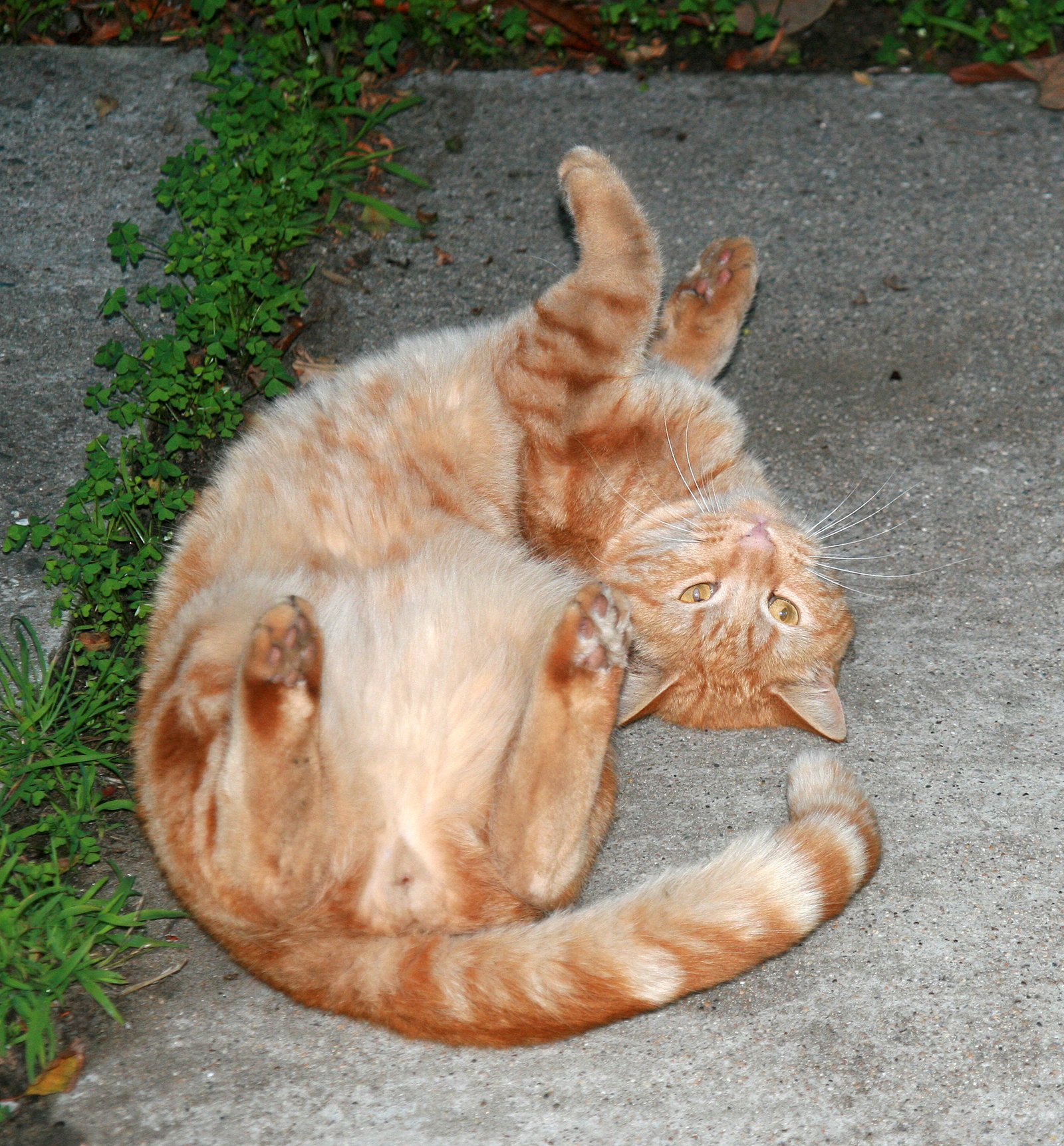
Play is an important part of a cat’s life, and changes in playfulness can signal shifts in your relationship. If you’re emotionally unavailable, your cat might try to engage you in play as a way of reconnecting. Tossing a toy, pouncing on your feet, or bringing you a favorite object are all signs your cat wants to interact. If you’re not up for it, your cat may eventually give up and find other ways to entertain themselves. Recognizing these attempts at engagement can help you maintain a healthy balance, even during tough times.
Long-Term Effects of Emotional Unavailability
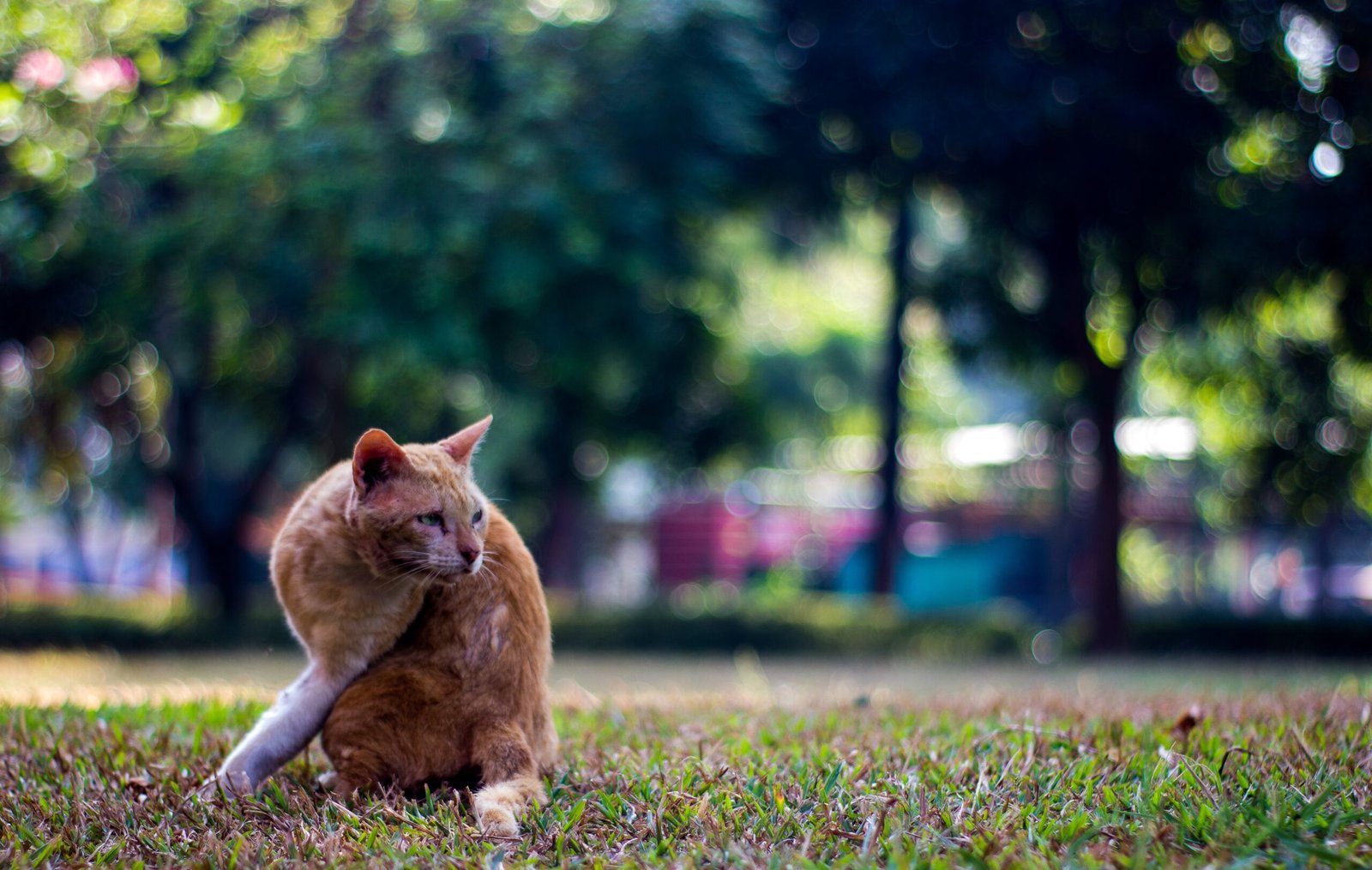
Prolonged emotional unavailability can have lasting effects on your cat. Over time, your cat may become more withdrawn, less affectionate, or even develop behavioral issues. Cats rely on routine and connection to feel secure, and ongoing emotional distance can disrupt this balance. It’s important to be mindful of how your mood and availability affect your pet. Taking small steps to reconnect, even when you’re struggling, can make a big difference in your cat’s well-being. A little effort goes a long way in maintaining a strong bond.
Building a Stronger Human-Cat Connection
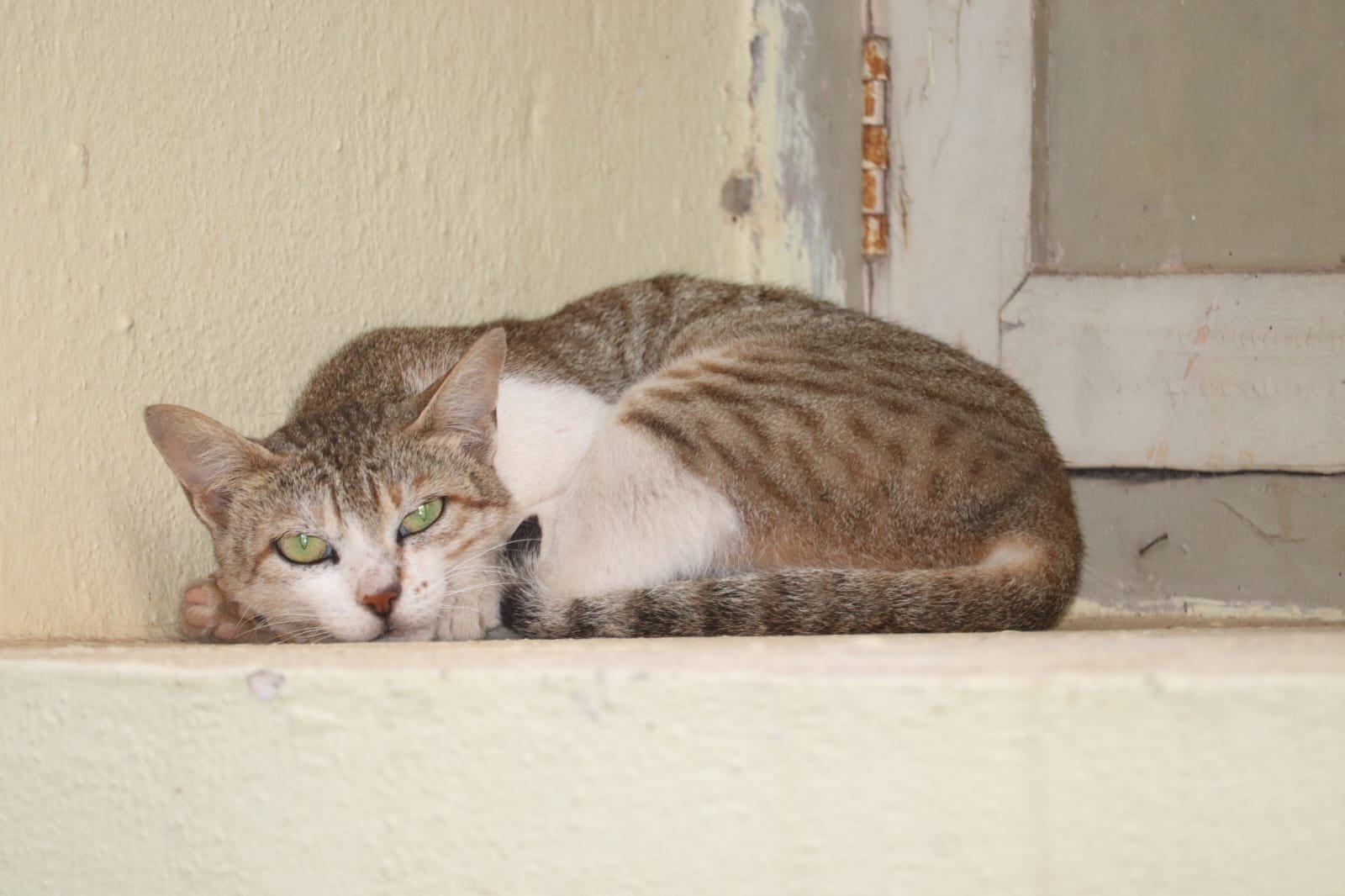
Understanding how your emotional availability affects your cat is the first step in building a stronger relationship. Simple actions, like spending a few minutes playing or cuddling, can help bridge the gap. Being present, even in small ways, reassures your cat and helps maintain trust. Over time, these efforts create a deeper, more meaningful bond. Your cat may not fully understand your emotions, but they sense your presence and respond in kind. Nurturing this connection benefits both you and your feline friend, creating a partnership built on mutual understanding and affection.
Hi, I’m Bola, a passionate writer and creative strategist with a knack for crafting compelling content that educates, inspires, and connects. Over the years, I’ve honed my skills across various writing fields, including content creation, copywriting, online course development, and video scriptwriting.
When I’m not at my desk, you’ll find me exploring new ideas, reading books, or brainstorming creative ways to solve challenges. I believe that words have the power to transform, and I’m here to help you leverage that power for success.
Thanks for stopping by, Keep coming to this website to checkout new articles form me. You’d always love it!






